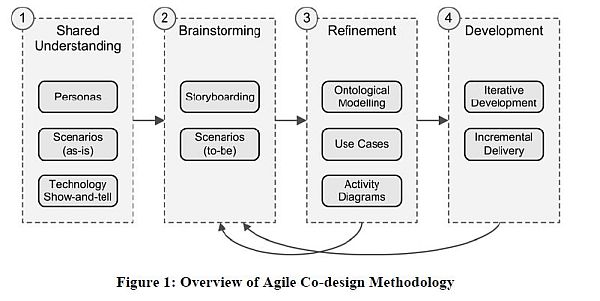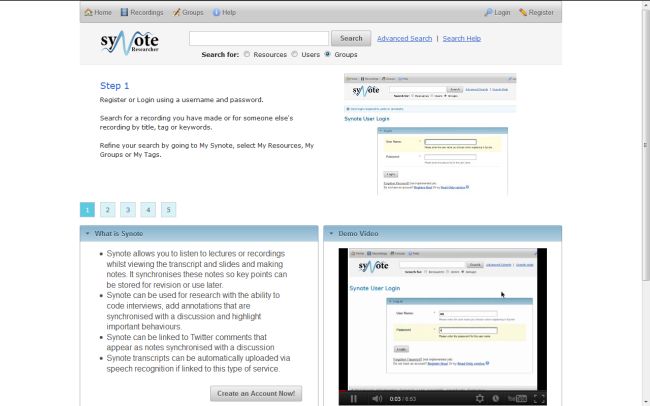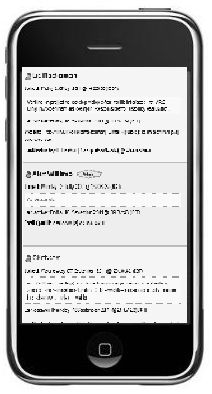Adaptable and learnable USer Interface for Analysing Recordings (ALUIAR)
 1st meeting – 15/05/2011 Room 3073 Building 32 (Access Grid Room)
1st meeting – 15/05/2011 Room 3073 Building 32 (Access Grid Room)
Attendees
Mike Wald, Lisa Harris, Mary Gobbi, Gary Wills, Sebastian Skuse, Yunjia Li, Lisa Roberts and E.A. Draffan (Apologies received from Lester Gilbert for his absence).
Minutes from the meeting
Welcome and Introductions from members of the team
Work packages were discussed and Mike gave an overview of the project with the features that were mentioned in the project plan and others that might be included in the design.
It was decided that there would need to be some API changes and storyboarding of possible interfaces for various functions (Yuniji and Seb).
Mary Gobbi suggested the idea of a ‘Decision Tree’ and methodological framework for the types of interviews undertaken by researchers and the type of coding, annotations etc needed for different types of research. It was felt this would help many people and also act as a guide when deciding which features could be added to Synote and which were left to other types of software supporting research and speech transcription such as NVIVO and Transcriber.
Co-Design – taking the diagram below as a guide to the process being undertaken it was decided that short interviews with a series of stakeholders would be noted and some recorded and uploaded to Synote as part of the shared understanding and show and tell aspect of the process. (action EA with team members plus other researchers)

Millard, D., Faulds, S., Gilbert, L., Howard, Y., Sparks, D., Wills, G. and Zhang, P. (2008) Co-design for conceptual spaces: an agile design methodology for m-learning. In: IADIS International Conference Mobile Learning 2008.
Website and future communication choice – The results of this work will be visible on Synote and linked to a blog on the ALUIAR project website – the team will have a mailing list and drop box account. (action EA and Seb)
The next team meeting will be 11th July, 09.30 – 10.30 Access Grid Room, Building 32 Level 3.




